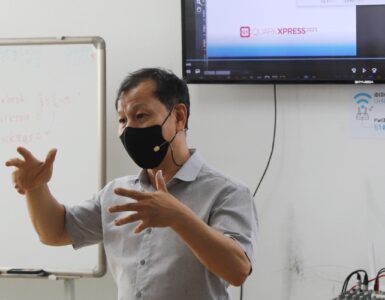The landscape of learning is changing faster than ever, driven by technology, workforce pressures, and shifting student expectations. In 2025, organizations across sectors—education, corporate, and government—are paying close attention to the emerging Trends in higher education that are redefining how people acquire skills and transition into the workforce. Understanding these shifts is now essential for decision-makers seeking to build talent pipelines, strengthen partnerships, and remain competitive in a rapidly evolving economy.
One of the most significant Trends in higher education is the rapid integration of artificial intelligence across teaching, research, and administrative functions. AI-powered tools are helping educators personalize learning pathways, automate routine tasks, and identify at-risk students earlier. Meanwhile, institutions are adopting advanced analytics to optimize enrollment strategies, improve retention, and measure learning outcomes more accurately.
Another major development is the shift toward workforce-aligned learning. Employers increasingly expect graduates to have practical skills, not just academic credentials. As a result, universities are expanding micro-credentials, industry certifications, and experiential learning opportunities. This is one of the key Trends in higher education that is bridging the long-standing gap between academia and industry, ensuring students gain real-world experience before entering the job market.
Flexible learning models are also becoming the norm. Hybrid classrooms, on-demand digital modules, and competency-based education are giving students more control over how and when they learn. For institutions and corporations alike, these Trends in higher education offer new pathways for engaging adult learners, upskilling employees, and supporting continuous professional development.
Another driving force behind these trends is the rise of global competition. Students today are comparing programs across borders, seeking institutions that offer global exposure, technology-enabled learning, and strong employer connections. Universities are responding by creating international partnerships, virtual exchange programs, and cross-border research collaborations.
Finally, a critical theme in the Trends in higher education for 2025 is data governance and cybersecurity. As institutions adopt more digital tools, protecting student data and ensuring compliance with privacy regulations has become a top priority. Higher education leaders are investing heavily in security architectures, identity management, and AI-driven threat detection to safeguard sensitive information.
As the education ecosystem continues to evolve, universities and corporate partners must work together more closely than ever. The organizations that thrive will be those that embrace these Trends in higher education, invest in innovative learning models, and create seamless transitions between learning and employment.
In an era defined by rapid change, staying ahead of these trends is not just an opportunity—it’s a strategic imperative.








